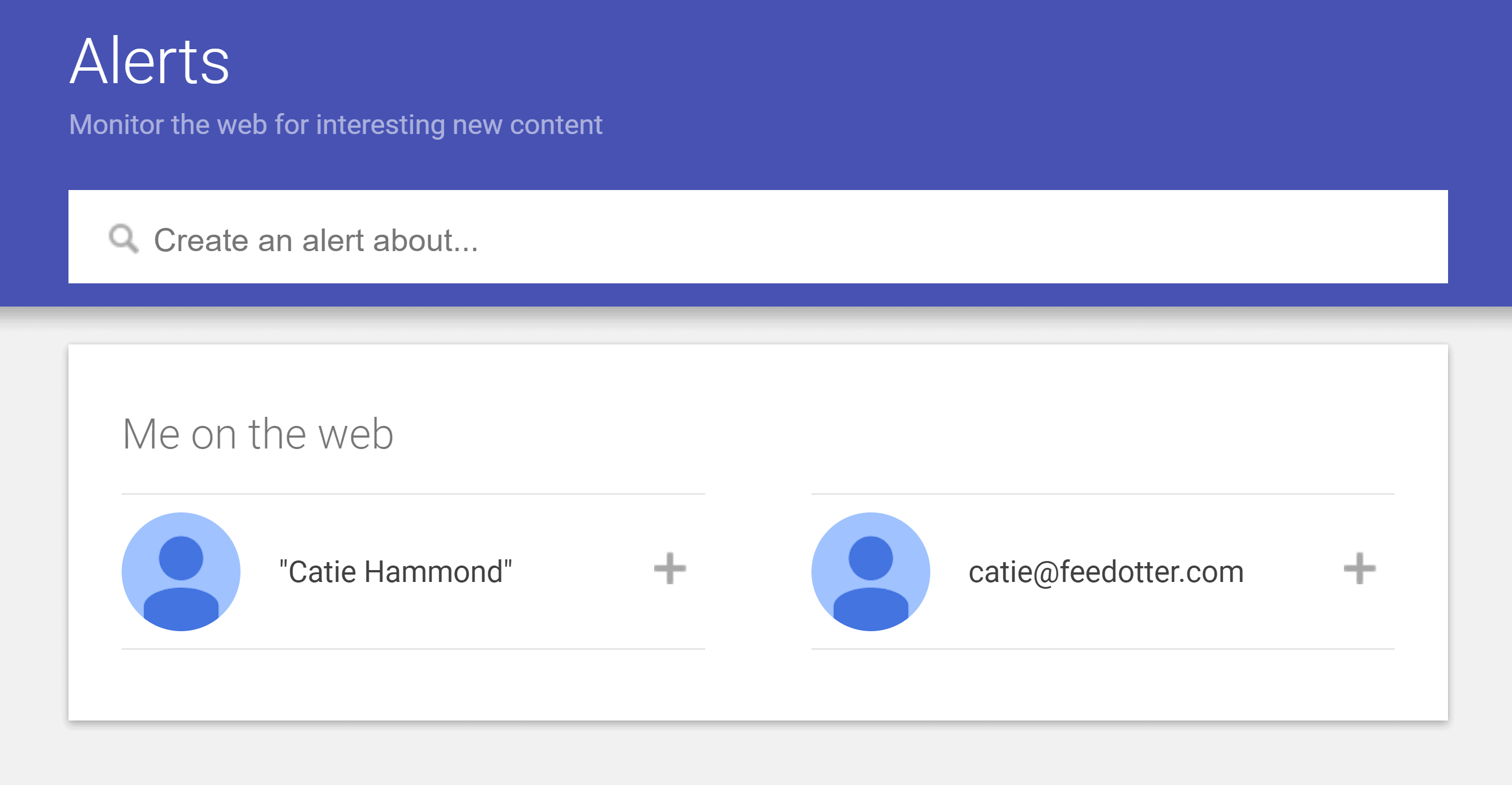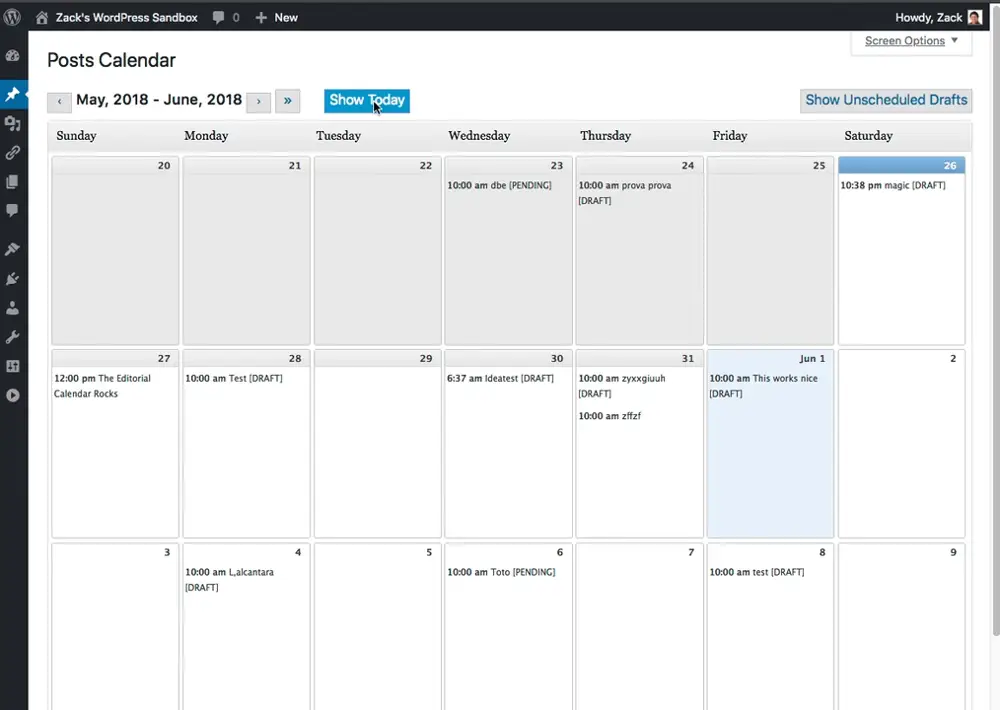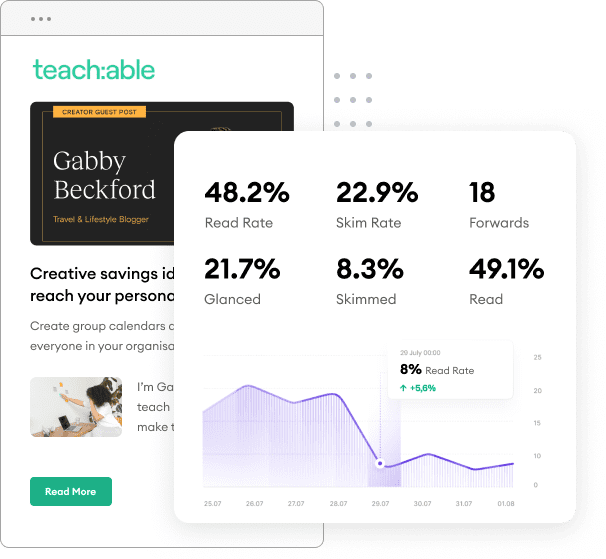Have you ever wonder how to not only grow an audience for your blog but a committed audience? One that comes back to read your content and, potentially, grow your business? It’s easy to say you’re going to grow your blog traffic and then pay for ads, social posts, email lists, and more, but it doesn’t take a rocket scientist to know that growing a committed audience takes a lot of hard work and a ton of dedication.
While SEO is essential, there are other ways to grow your blog traffic that are underrated. Below focuses on the six best methods you can use to improve your blog traffic meaningfully and efficiently.
6 Tips to Help Grow Your Blog Traffic
1. Consult With Other Bloggers
Building relationships with other bloggers in similar subjects or fields is absolutely essential. Why? Because you all have the same goal: to attract a bigger audience and drive blog traffic.
Collaborating to give and receive feedback can be useful when evaluating your audience’s experience, the style of your writing, the content you publish, and the frequency of your posting. You can start by reaching out to other bloggers via social media or subscribing to their blogs, and developing a rapport through comments.
In addition to simply market research, utilizing other bloggers’ audiences can be incredibly beneficial. Depending on your company, you may want to work with a complementary business (in other words, definitely not a direct competitor), or if you are more focused on entertainment, it may make sense to consult with others in your direct line of work.
For example, MasterCard and Apple don’t usually have much in common, but their audience is suddenly overlapping with the new Apple Pay. Apple wants people to use their service to pay, and MasterCard wants those same people to pay with their card. It’s a win-win.
2. Contribute Guests Posts: Celebrity Shot!
Once you build up some of these relationships, consider writing a guest piece to contribute to another blog (and returning the favor). This can expose your content to an entirely different audience that could potentially share your information and commit to your blog. Put your quality content out there and respond to questions or comments to build relationships just as if it were your own blog.
Now, this may sound overdone, and you’ve likely read the “guest blogging is dead” articles, but it can still be incredibly effective at driving blog traffic if done right. The truth is that content is still king, and while guest posting has lost some of its luster, Google is still taking it seriously. Google aside, focus on high-quality blogs over quantity as a way to get your own blog in front of new, relevant eyes. It’s time consuming, but well worth it.
3. Publish Content Tailored to Your Target Audience
Your faithful subscribers count on you to keep them up-to-date on what’s current and pragmatic. Therefore, you need to be aware of news, buzzwords, and trends as they are happening. You could subscribe to Google Alerts to help you with this; every time content related to your blog topics is published, you will be aware of it.

Some of the options you can choose from include how often you are alerted, the sources from which the information comes (news, blogs, web, video, books, discussions, or finance), the country or region from which you want the information, and where you want it sent.
4. Create a Schedule and Maintain It
Whether you post once a week or once a month, you want to make sure you maintain a consistent schedule. If your audience is waiting for your weekly post on Monday mornings, do not disappoint them.
The more it becomes a habit of yours to post on the same day at the same time, the more it becomes a habit of theirs to read those posts on the same day and the same time. You want this consistency and commitment from them just as they want it from you.
A great way to stick to a schedule is to upload your blog posts, schedule them through WordPress, and use a calendar plugin such as Editorial Calendar. Write all of your blog posts as early as you can, and then schedule them accordingly.

Note: We recommend that if you have a solid amount of blog and website traffic and data, consider a CRM tool to help you grow your reach even further.
5. Encourage Social Sharing
You want your content out there, wherever “out there” might be. You don’t just want your audience members to read your content — you want them to share it with their friends, partners, and employees to drive more blog traffic. To encourage this action, you must provide sharing on your blog.
Take note of a few things: the location on the page, the number of networks, and the number of shares. The social sharing options don’t need to be overbearing or distracting from your content; a relatively small icon to your post’s side or bottom is sufficient.
These options also do not need to include every social media network in existence. Do some initial research. Where do you see your information posted the most? What are your followers using the most?
Choose a few of those networks and roll with it. Finally, consider how many shares you are actually getting before making your share count visible. If the number is relatively high, include it. This shows your audience that your content is worthy and sought after. If the number is relatively low to start with, then wait until you build up your audience.
Also, keep in mind that connections mean everything to your blog’s success. As I’ve mentioned, it’s not enough to only have avid readers. You need your readers to share your information for your audience size to grow.
More than that, you need to connect with your readers on social media. Follow up on one of your posts with a fact or anecdote on social media. That way, when you are in between your lengthier posts, you can still provide a brief reminder of the quality information you provide to your followers and hopefully see an increase in blog traffic as a reward.
6. Clean Up the Audience’s User Experience
Obviously, your page should be easy to navigate and aesthetically pleasing. Unnecessary distractions such as too many menu options, too many ads, sidebars, or pop-ups can deter readers and diminish your audience size.
The page should also be organized in a way that catches readers’ eyes. Balance what is necessary and unnecessary to be successful. Elegant Themes put together a list of bad blogs that show what not to do.
Your Turn
Building up your blog traffic is essential to building your audience. You want visitors to not only appreciate what they read but subscribe to it and share it. Following the listed steps will ensure your audience and blog traffic grows, and your blog remains successful.
What do you grow your blog traffic? What has worked for you in the past? Let us know your thoughts and experiences in the comment section below.
Feature Image Photo Credit: DigitalMarketingPro.net

